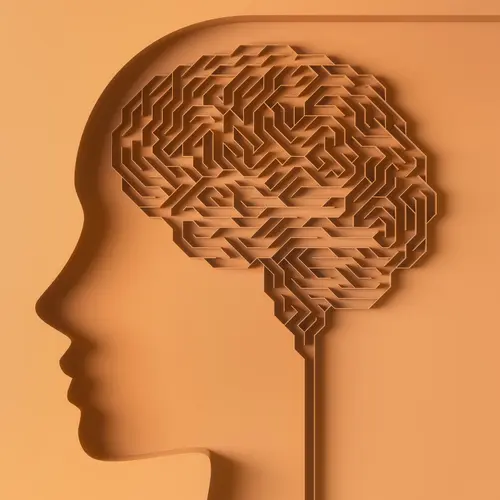The Brief Psychiatric Rating Scale (BPRS) is one of several tools that help researchers study people with schizophrenia and related psychotic disorders. They use it to track changes in symptoms over time. You probably won’t come across this rating scale unless you’re part of a study or a clinical trial for a new type of treatment.
How Does It Work?
The doctor will ask you specific questions or look for certain behaviors. They’ll get a series of ratings based on your answers. That helps them track your progress.
The criteria have been redone several times since the BPRS was developed in the 1960s. The version most often used today includes 24 different symptom areas for doctors to evaluate, though some doctors use a shorter version with only 18 symptoms:
- Somatic concerns (concerns about your physical health)
- Anxiety
- Depression
- Suicidality (suicidal feelings or attempts)
- Guilt
- Hostility
- Elated mood
- Grandiosity (identifying as rich, famous, or having special powers)
- Suspiciousness
- Hallucinations
- Unusual thought content
- Bizarre behavior
- Self-neglect
- Disorientation
- Conceptual disorganization (confused, vague, or disconnected speech)
- Blunted affect (trouble expressing emotions)
- Emotional withdrawal
- Motor retardation (slow physical or emotional reactions)
- Tension
- Uncooperativeness
- Excitement
- Distractibility
- Motor hyperactivity (frequent movement or rapid speech)
- Mannerisms and posturing
Doctors rank the severity of each symptom using a scale of one to seven: A score of one means you don’t have that symptom. A seven means you do and it’s severe. Together, these ratings give doctors an idea about how much your condition affects you.
When doctors decide on these ratings, they consider how often you have the symptom and how much it affects your health and daily life. If the doctor can’t rate you for a specific symptom or symptoms, they can also choose a score of 0 or “NA” (not assessed) for these areas.
To complete the BPRS, the doctor will interview you for about 15 to 30 minutes. They’ll ask questions like:
- How has your mood been recently?
- Have you felt that life wasn’t worth living?
- Have you heard any sounds, or people talking to you or about you, when there was no one around?”
Your doctor can assess some areas based on what they see. They’ll check to see if your speech or actions are slow or weakened. They’ll gauge how tense you are, or if you have unusual or repeated mannerisms, like rocking, nodding, or grimacing.
Your total rating -- all 24 items added up -- isn’t as important as how you rank for different clusters of symptoms. The doctor may look at your combined rating for depression, anxiety, and guilt, compared with your score for hallucinations and bizarre behavior. This lets the doctor track how well treatment works to improve your symptoms.

